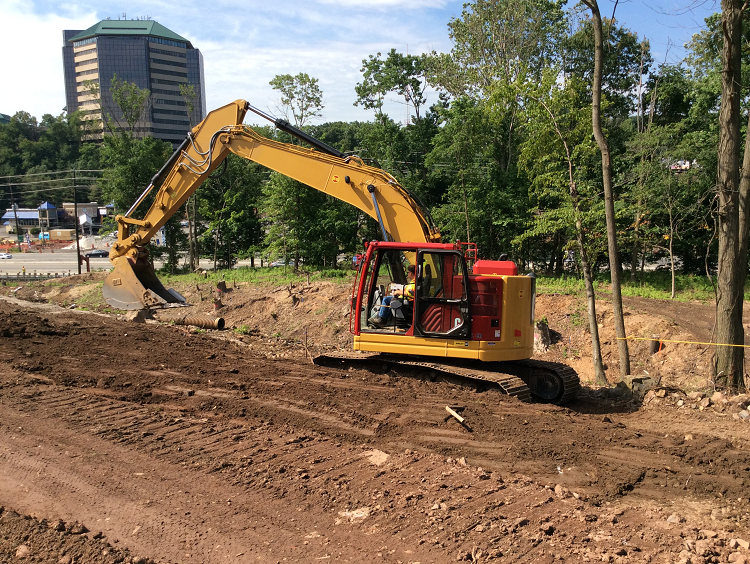Route 3, Route 46, Valley Road and Notch/Rifle Camp Road Interchange Categorical Exclusion Document (CED) and Environmental Reevaluation (ER)
Project Description
A National Environmental Policy Act (NEPA) Categorical Exclusion Document (CED) was prepared and approved for final scope development of the Route 3, Route 46, Valley Road and Notch/Rifle Camp Road Interchange Project. The project addressed safety and operational issues as well as design deficiencies at the Route 46/Route 3, Route 46/Valley Road and Route 46/Notch Road interchanges. The project proposed new exit/entrance ramps, reversing the Route 46 diverge with Route 3 and increasing safety within the interchange by improving shoulder and acceleration/deceleration lanes. Subsequent to the CED approval, a Value Engineering (VE) alternative was evaluated, and an Environmental Reevaluation Document were prepared. The VE alternative was advanced toward final design.
Since the original project did not introduce a new area of congestion or signalized intersections, air quality was addressed qualitatively within the CED. However, the VE alternative proposed a significant redistribution of traffic throughout the roadway network thereby necessitating air quality review. While CO microscale modeling was not necessary at any project-affected intersections or the proposed roundabout, potential PM2.5 impact was reviewed. It was determined that the proposed project would not be one of air quality concern, as it would not significantly increase the number of diesel vehicles and proposes physically separated movements and elimination of weave areas.
Peak hour and 24-hour noise monitoring was performed at eleven noise locations throughout the interchange. One school building attenuation study was also performed. During the VE phase, PCA performed additional noise monitoring within a new residential development built after approval of preliminary engineering. Noise model validation and prediction was performed utilizing the FHWA's Traffic Noise Model (TNM2.5) and project-related impacts were assessed. Noise mitigation was investigated within five impacted areas.
Additional analyses were performed to determine whether parallel noise walls would result in multiple reflections that would cause degradation in noise wall performance. TNM's Parallel Noise Wall module was utilized to investigate all parallel noise walls within the study area. Based on this assessment, PCA determined absorptive treatments along the highway-side of noise walls were necessary within one area. All cost-effective noise wall designs were recommended. Approved noise walls designs totaled $5.5M in construction costs. Extensive community outreach was performed to finalize noise wall locations. Subsequently, a Final Noise Study with final noise wall geometry was completed by PCA and approved by FHWA for the VE Alternative that was advanced towards final design.
